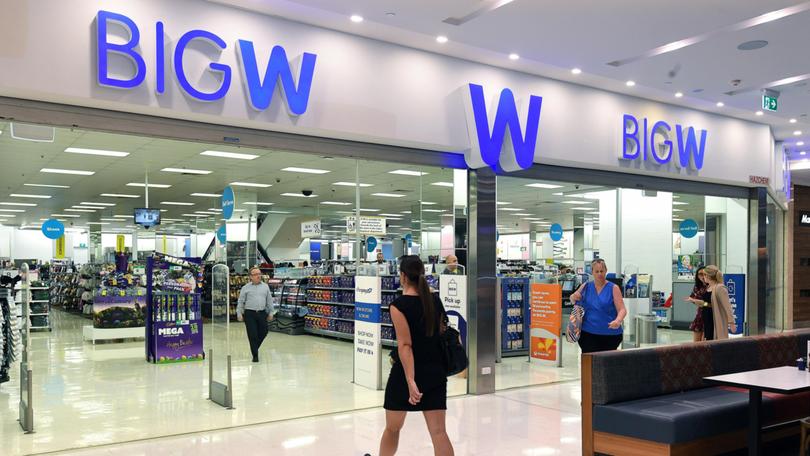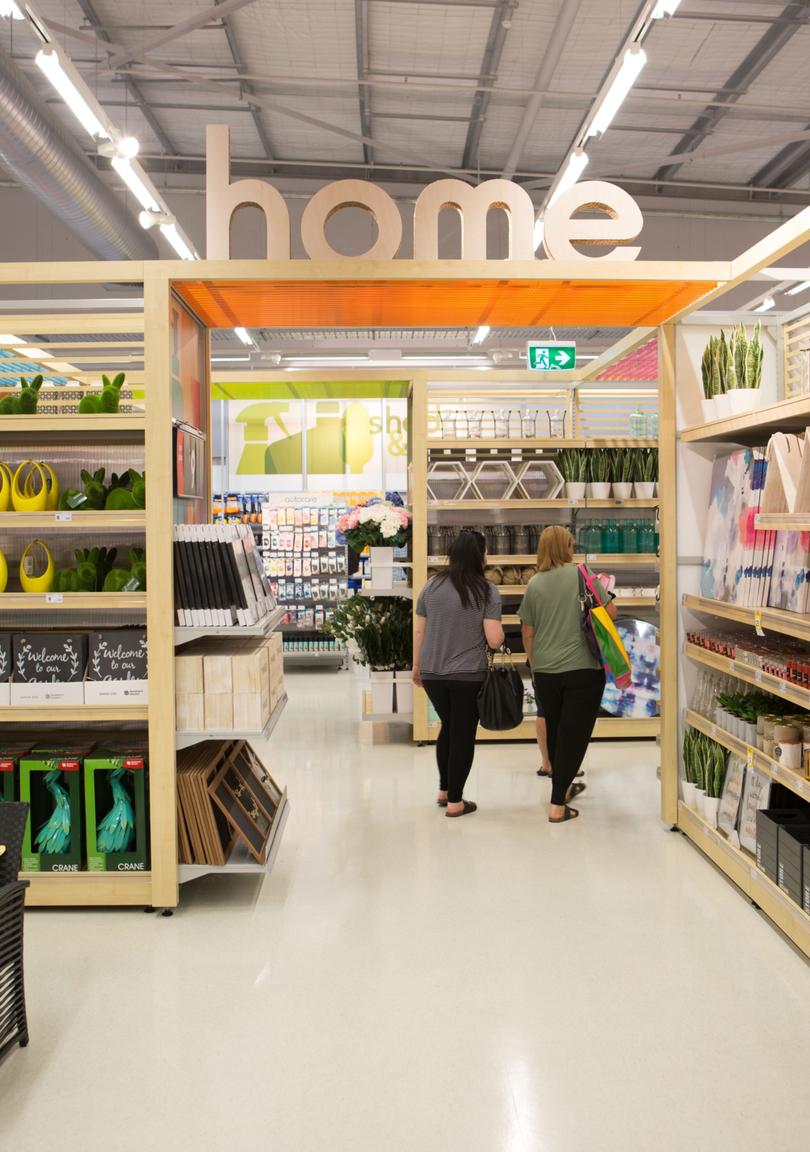Big W sales slide as Kmart grows, so what’s next for two of Australia’s biggest department stores?

In a tight economy, discount retailers should, at face value at least, be some of the biggest beneficiaries. But results from two of Australia’s largest tell very different stories.
While Kmart, anchored by its house brand Anko, has been a success story for parent company Wesfarmers, sales at rival Big W have been going backwards for the past year and Woolworths management say its store may not break even for the year.
As Kmart reaps the benefits of a longer-term strategy of a majority house brand range, Big W has been struggling with lagging consumer demand in homewares and fashion that, by its own chief executive’s admission, has failed to meet shoppers’ expectations.
Sign up to The Nightly's newsletters.
Get the first look at the digital newspaper, curated daily stories and breaking headlines delivered to your inbox.
By continuing you agree to our Terms and Privacy Policy.“We’re only getting about 50 per cent of the right size-colour combinations to a store, so we’re (getting) much better at that,” Woolworths boss Brad Banducci told The West Australian earlier this year.
Though Big W has lifted its performance in books and toys, its homewares and fashion results in the 13 weeks to March 31 were still below par, Mr Banducci last Thursday said they were still weak, attributing that to a late arrival of winter and changes to the homewares range affecting availability.
At $1.002 billion, Big W sales in the third quarter of the 2024 financial year are just $13 million ahead of the same time in 2022, at $989m, based on reported Woolworths figures.
“Price perception is a likely key driver for the difference in performance, with Kmart having a well-established value proposition,” Macquarie analysts said.
On like-for-like sales, Macquarie calculates Big W has not outpaced Kmart since the second half of the 2021 financial year and is now likely losing further market share.
Though Kmart does not report quarterly results, its update to analysts and investors last Thursday as part of Wesfarmers’ company strategy detailed plans for expansion and growth. Its last financial update in February showed a 7.5 per cent jump in sales compared to the same time a year prior.
“The vast majority of Australians and New Zealanders do not have enough money to do all the things they want to do in their lives, and if we can save them money on the basics, they really appreciate it,” Kmart managing director Ian Bailey said last week. “So I would never underestimate the power of lowest price.”
UBS analyst Shaun Cousins said Kmart was leveraging growth in customer numbers, as they hunted value — by shopping more and across different store categories. He added that Anko’s growth and scale allowed better products at lower prices and for product ranges to be broadened to attract new customers.
Big W managing director Dan Hake was optimistic about the potential to build on strengths in the toys category, where Big W has traditionally always been a big player.
“Home and clothing are the two businesses that have the greatest transformation opportunities and have the most challenges in the quarter and through the year,” he told investors. He said there had already been a major reset in the homewares category.

“Open Nook, our own brand, is much more prominently positioned (in stores), but lots of new entry point ranges and a lot of disruption through early March, but you can see availability get better now and we’re seeing some positive momentum.”
Retail expert Gary Mortimer said Big W was facing a dominant competitor that had established itself in the marketplace as “being cheap and cheerful”.
“People that go to Kmart understand they are not going to get a range of brands but they’re going to get great value,” Professor Mortimer, from Queensland University of Technology, said.
“I suspect that in order to compete, (Big W) would need to revisit their ranging and possibly develop a stronger private label presence.
“Or alternatively, rather than competing against Kmart head-to-head, what (Big W) could possibly do is push more into the middle market consumer, the likes of where . . . Myer situate today, so continue to sell brands at the lowest possible price.”
Though Woolworths is facing challenges from Wesfarmers in department stores, and Coles is leading the sales growth fight in supermarkets this year, Coles is also facing its own challenges.
Its liquor division, which analysts estimate makes up about 10 per cent of sales, has gone backwards for the past two quarters.
But while major rival Endeavour, which reported quarterly results on Monday, noted sluggish sales, it went up slightly, adding pressure to Coles’ Liquorland, Vintage Cellars and First Choice despite cost-of-living pressures.
